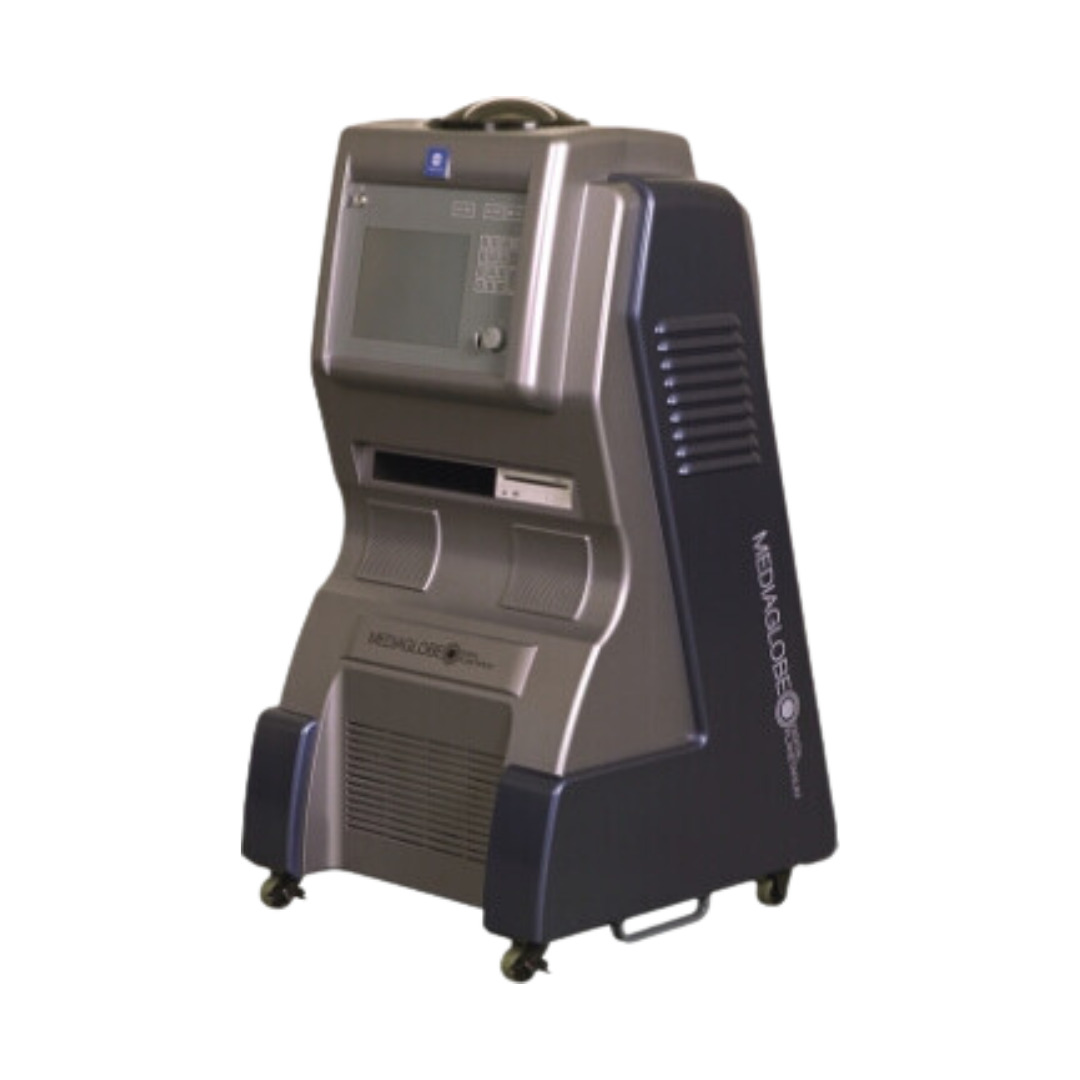
Making the Invisible Visible
In bringing imaging and innovation to the people, the mission of Konica Minolta has always revolved around one unique concept: MITAI. In Japanese, mitai means to see and observe. Whether in video security, healthcare screenings and production print, this is precisely what we have been doing for 150 Years! Read on to discover the evolution of Konica Minolta and how our past directly correlates to our present day strategies that continue to push the boundaries of technology and innovation for the world – today, tomorrow and in the future.
Four Key Turning Points for Strategic Wins
What’s in the DNA of Konica Minolta? Our history can be split into four periods of innovative growth that directly impacted the trajectory of the organization.
1873 – 1959: The Beginnings
To this day, Konica Minolta is still remembered for ‘cameras,’ but did you know we paved the way with breakthrough innovations in imaging and printing? In 1873 Konica started business as Rokusaburo Sugiura and sold photographic and lithographic materials at Konishiya Rokubeiten in Kojimachi, Tokyo. This is where our story begins to bring imaging to the people. The precursor of Minolta, Nichi-Doku Shashinki Shoten (Japan-Germany Photo Company), was established by Kazuo Tajima in 1928 and began production of cameras in Japan. Our early innovators laid the foundation for our company and continue to inspire us today. This period was filled with exciting “world’s firsts” such as photographic paper, the first Japanese-made color film and the establishment of the first U.S. subsidiary.
Fun Fact: In 1903, the Cherry Hand Camera, Japan’s first branded mass-produced camera, went on the market and was made affordable to the general consumer.
1960 – 1979: Innovation for Rapid Growth
As innovation around the world gained momentum, we refused to sit back and watch. Instead, we rose to the challenge and became experts in our respective industries, leveraging innovation to solve complex customer problems. This approach allowed us to remain ahead of the curve, even as innovation continued to accelerate at an unprecedented pace. Minolta embarked on the development of optical equipment, copiers in particular, by leveraging its technology refined through the development of camera products and completed the first copier, Minolta Copymaster, a wet-process diazo copier, in 1960. This ignited years of R&D, which eventually led to the first electro-photographic copier using plain paper – the plain paper copier (PPC) that is widely used today.

1980 – 2002: Enter the Digital Age
During this era, there was rapid growth and development in the digital world. There was no slowing down as we fully embraced technology and as a business, started to develop new products to keep up with the needs of our customers. Major developments skyrocketed our global expansion: first copier with stepless zoom magnification/reduction, the first single-lens reflex camera, the first ultra-sensitive photographic color film, the list goes on! Significant strides were also made in the healthcare industry with the digitization and processing of X-ray images.

2003 – Present Day: Creating New Value
Change is inevitable. 2013 marks the year that Konica Minolta, Inc. was established as a single entity and thus, began its journey to what it is today. Shifting away from the photo and camera business, new strategies continued to grow MFPs and print production services while expanding into medical X-ray imaging. Throughout this period, ‘mitai’ was constantly present as we accelerated the digital transformation (DX) of society with customers and partners. By combining cutting-edge IoT/AI technology with imaging technology, we continue to help “visualization” by analyzing data using imaging AI technology.

Business Strategies for the Future
Now, that was a lot of history! Imagine over a century and half; it is quite impressive for any organization to have made it this far. Having a strong backbone of vision and determination keeps our momentum going. So what’s in store for the next 150 years? Well, we may not have a crystal ball to tell us exactly, but we know one thing for sure: our history is embedded in our company mission and core values. We identify these three key business areas that will not only support our own growth but also our customers – and the world:
In today’s highly competitive business landscape, digital solutions are paramount to growth and success. As our founders did, businesses need to leverage and embrace the advancement of technology to connect people and enhance automated workflows for maximum efficiency. We also understand that organizations are becoming increasingly employee-centric so the right technologies can lead to better employee engagement and satisfaction, making it easier to retain top talent. By offering the most advanced and customizable technology solutions, we help businesses create a more agile, efficient and productive workforce that is better equipped to meet the challenges of tomorrow.
Keeping up with technology and the impact of the digital world never distracted us from continuing to be the industry leader in print production. By understanding the world around us and the needs of our customers, we make it a priority to provide the most innovative products and services. That drive we had more than 100 years ago to innovate still continues today as a leader in digital print production performance – revolutionary color image quality, ultra-high-speed B&W output, and pro-quality inline finishing options to meet any job spec. We know what it takes to stay competitive and keep pace with rising client demands and workloads. As technology continues to evolve, you can bet that our production line of printers will help businesses produce quality prints efficiently and reliably.
Technology has become integral to almost every aspect of our lives. To drive business success, we have a deep understanding of the specific challenges that customers face in their respective industries. We prioritize ensuring that businesses invest in the right technology solutions to overcome these challenges. Whether it’s in healthcare, education or finance, organizations need connectivity and streamlined solutions that can support hybrid work, automate office processes and enhance physical security. Our commitment to our customers remains unwavering as we strive to be a leading provider of industry-specific solutions that put their needs at the forefront.
150 Years is Just the Start
This is just a glimpse into the timeline of Konica Minolta and the many innovations that we’ve contributed to the world over the years. As we continue to move forward with the utmost respect and gratitude to our key stakeholders, there is no end to this journey of limitless possibilities. Reflecting on our past allows us to focus on the future, and it is this vision – or mitai – that is the true foundation of our organization.
To learn more about our 150 years of history here.